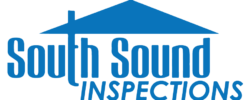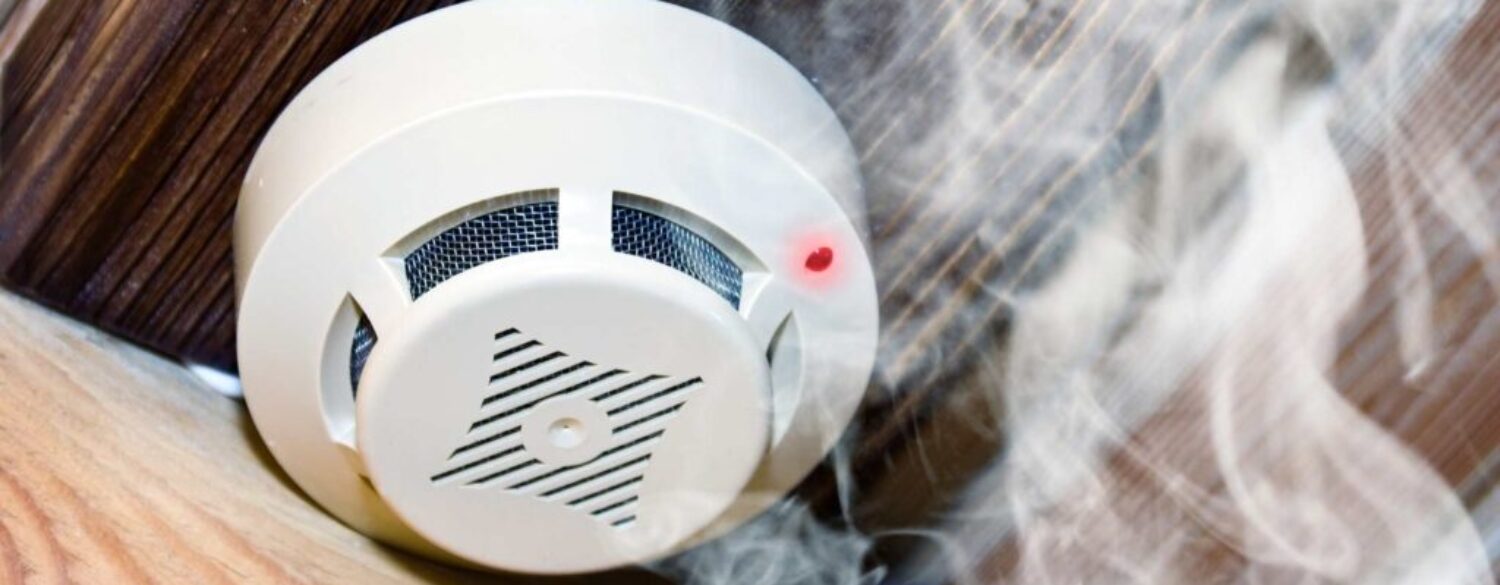Certain hazards and disasters like floods, winds and snow are out of your control as a homeowner, but there are certain steps you can take to prevent fires from starting inside your home. Although fires are a hazard that you would rather not think about, it’s still important to consider fire prevention measures. From smoke alarm maintenance to evaluating your home’s electrical components, you can take proactive steps to ensure your home is safe from potential fire hazards. Read on for fire safety tips for your home and signs home inspectors look for when assessing a home’s fire safety readiness.
Check Your Smoke Alarms
Smoke alarms are probably the first fire prevention measure that most homeowners consider when ensuring a home is safe from fire hazards. Keeping your smoke alarms in good working condition is a key step in fire prevention. Follow these three tips for maintaining smoke alarms in your home:
- Ensure there are smoke alarms on every floor of your home.
- Develop a fire safety plan and escape route.
- Keep exit paths on the escape route clear. Ideally you should be able to escape your home in two minutes or less.
- Test the smoke alarms each month.
Carbon Monoxide Detectors
In addition to smoke detectors, carbon monoxide detectors not only save lives, they are required by Washington state law. Carbon monoxide is a colorless, odorless gas produced by incomplete combustion from vehicles or common appliances around your home such as gas powered lawn equipment, ovens, stoves, and furnaces. Carbon monoxide can be lethal within minutes. Installing a CO detector on each floor of your home, especially closest to sleeping areas, can allow you to act quickly and escape to fresh air.
Fire Extinguishers
According to the NFPA (National Fire Protection Association), fire extinguishers should be both accessible and visible, and should be checked each month for functionality. During these checks make sure that the extinguisher is free of any physical damage. Remember that fire extinguishers are meant to put out smaller, more contained fires, like those that start on a stovetop or in a wastebasket. Most homes require an “A” type fire extinguisher designed for ordinary combustibles.
Potential Fire Hazards in the Home
After checking that smoke alarms and fire extinguishers are present and functioning, there are a few other areas that need attention. Check these spots to ensure they don’t pose a potential hazard:
- Electrical outlets, wiring and panels. Make sure your home is free of overloaded power strips and that they’re not hot to the touch. They should also have proper air circulation. Also examine the electrical panel, and if there are any indications of a burnt plastic smell, burn marks or if you hear buzzing or crackling sounds, that could be a sign of a potential fire hazard. Extension cords and loose outlets should also be checked.
- Fireplace and chimney. Creosote buildup in a chimney could cause a fire, so be sure to check your chimney to ensure it’s free of buildup and debris. It’s a good practice to call a professional chimney sweep to get a thorough clean and evaluation.
- Dryer in laundry room. The laundry room is a commonly neglected area to check for fire hazards, but lint buildup in dryer vents can become a fire hazard. Clear lint and buildup from dryer vents to ensure optimal air circulation and that errant sparks won’t ignite lint buildup.
- Space heaters. These portable appliances can help keep you warm in the winter, but if they’re not used properly, can become potential fire hazards. Be sure that space heaters are placed at least 3 feet away from drapes, blankets or any other flammable materials, and turn them off when you leave the room.
South Sound Inspections can help ensure your home is free of fire hazards. Call today for an objective assessment that can keep your family safe.



